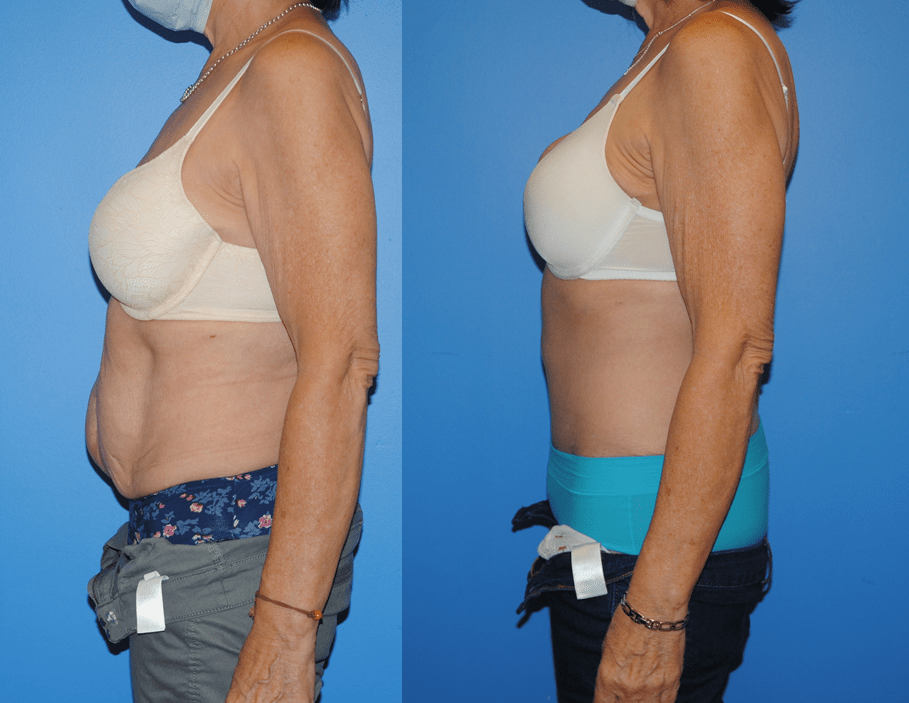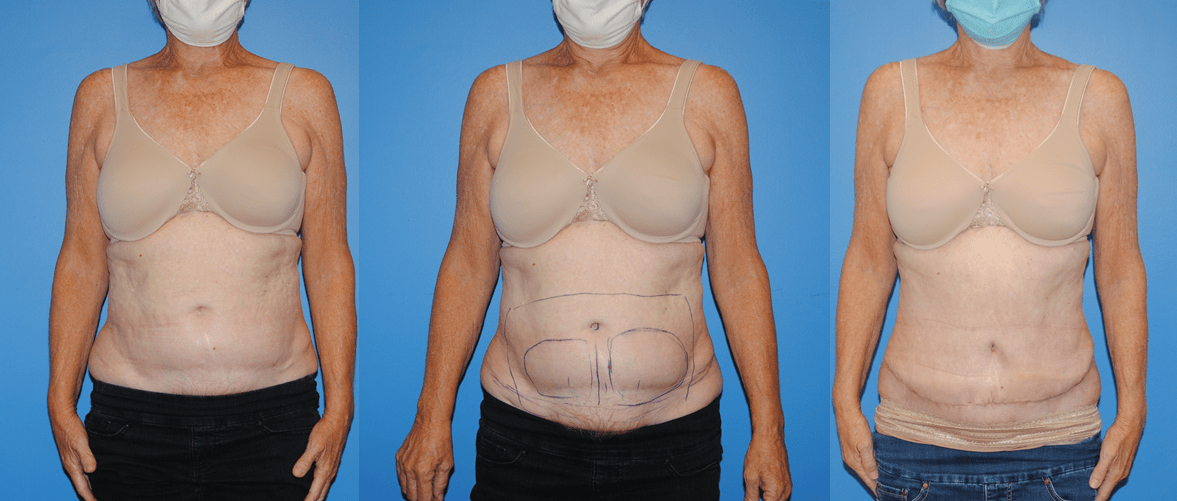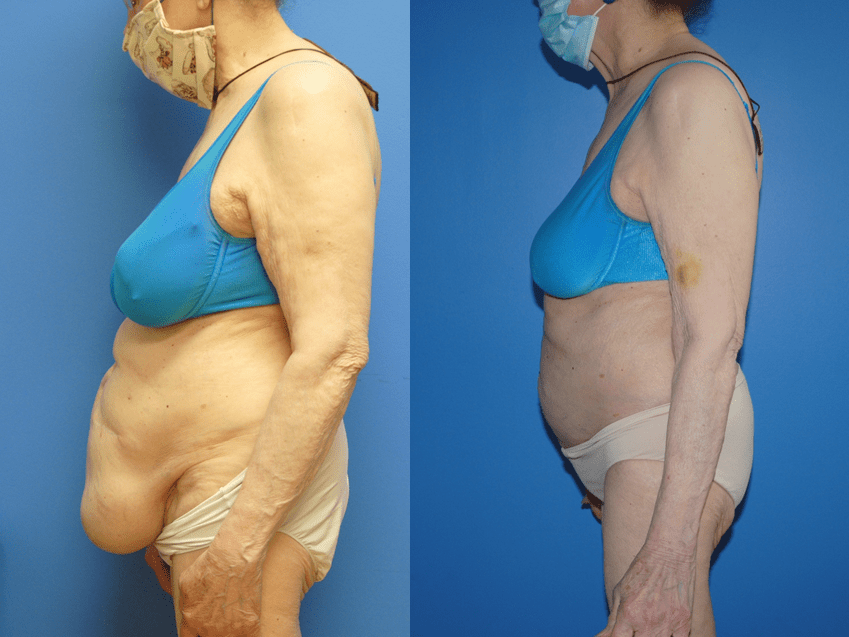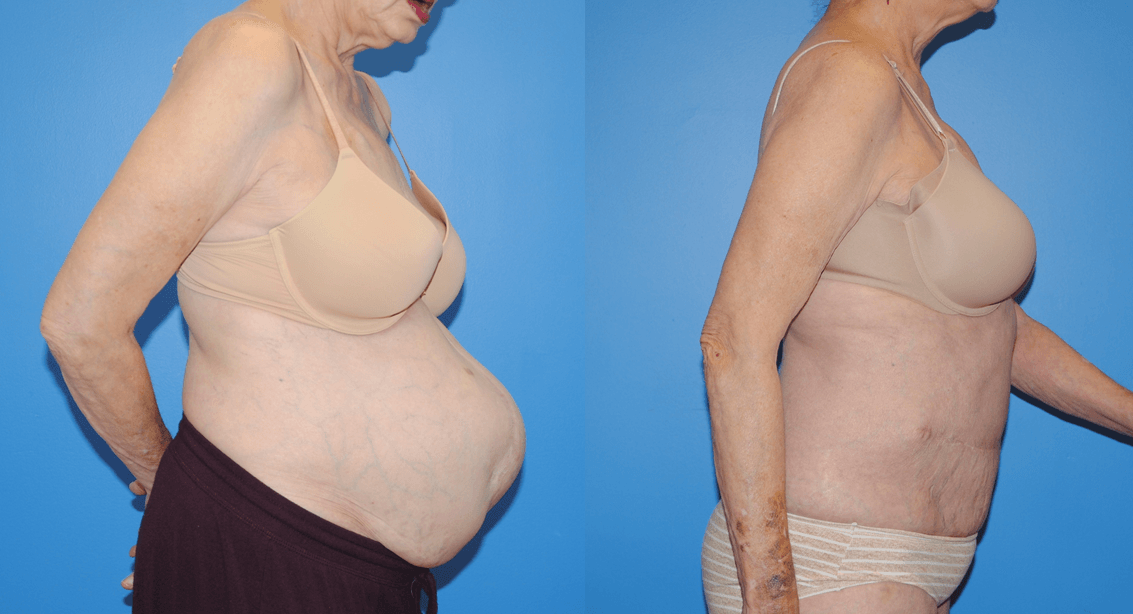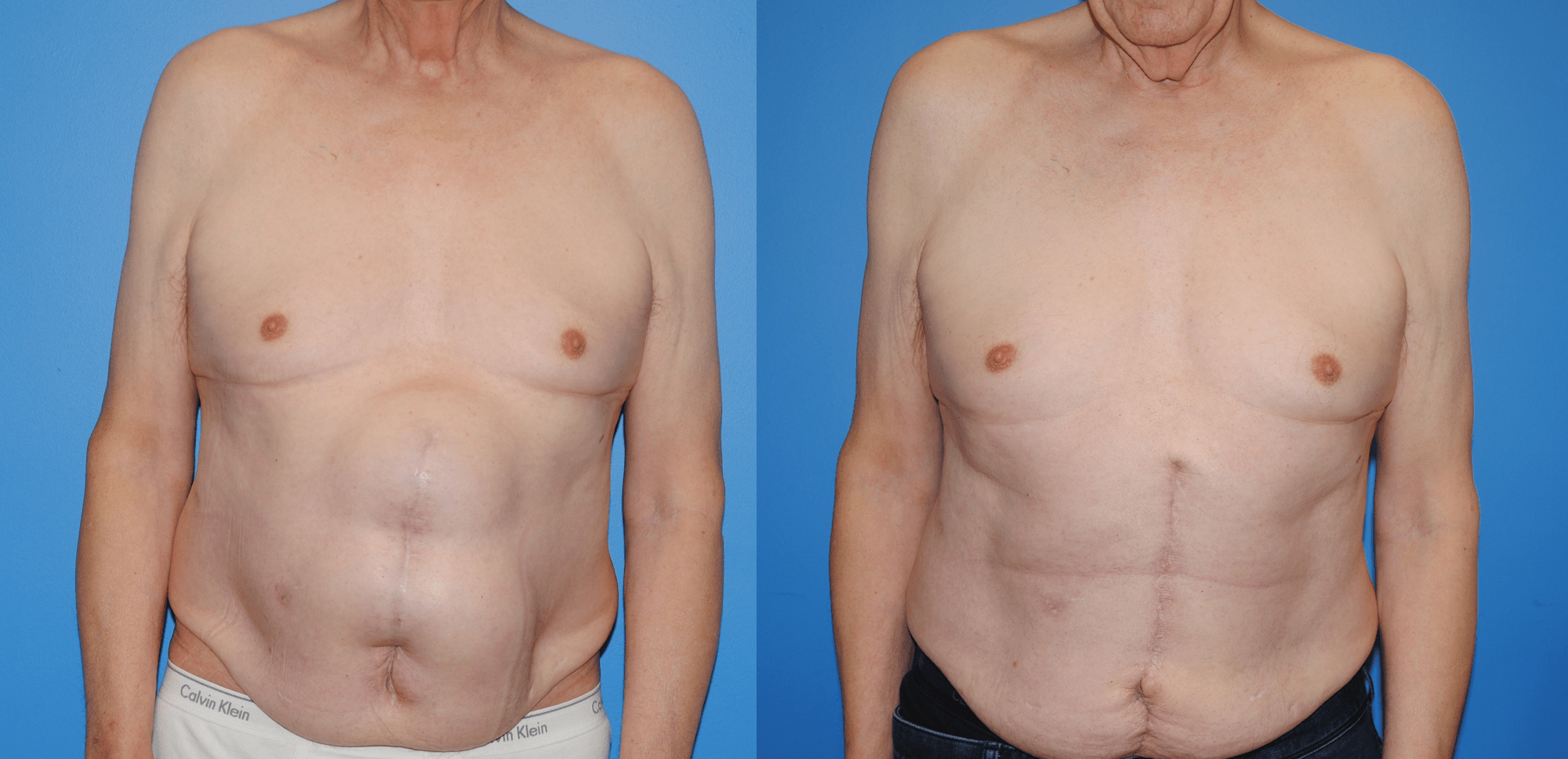There are many patients who have undergone previous surgeries and who have complex abdominal wall hernias. Often these hernias have had previous mesh placement or previous infections. When these hernias occur after a repair, they are called recurrent abdominal wall hernias. Repairing these hernias often requires removal of the previous mesh, placing a new biological mesh, and then releasing some…
